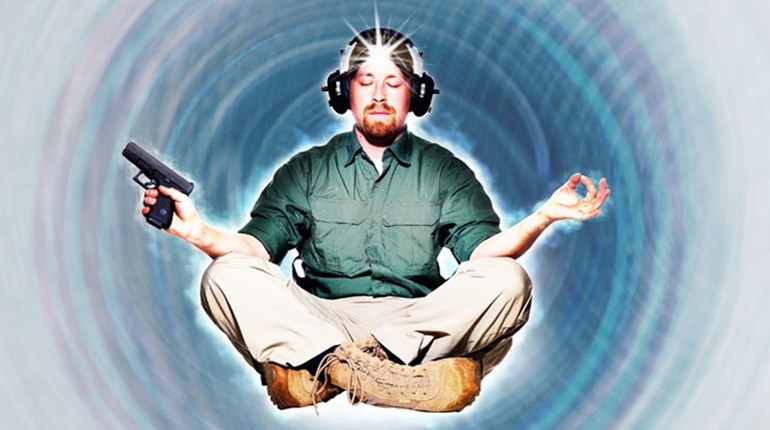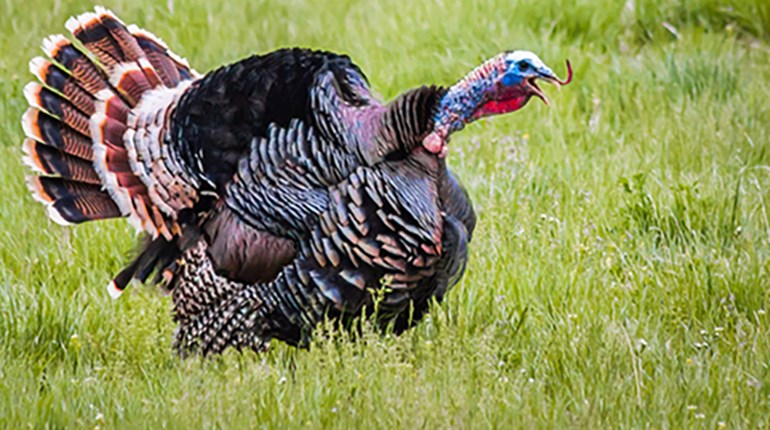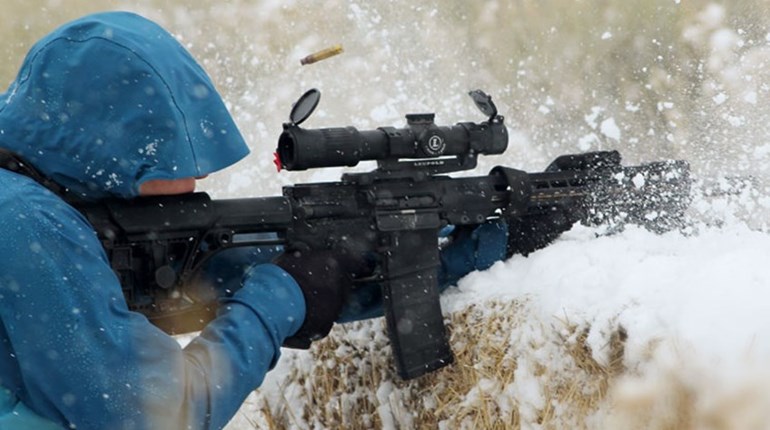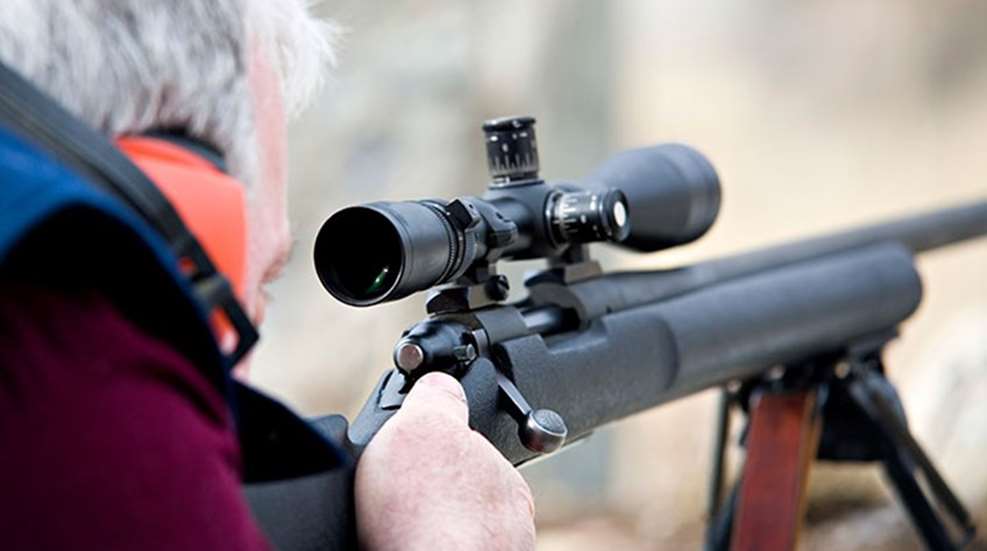
Gun reviews and marksmanship articles talk extensively about "groups." But what do they mean, exactly? Well, it's a way to determine your accuracy with your firearm and ammunition combination at a set distance. This article tells you how to use groups. (You can use the same system for adjusting sights and scopes and for zeroing your firearm at a given range. )
In this context, a group is the pattern of bullet holes fired on a paper target at a known distance. The shooter fires a fixed number at the same aiming point before moving to another aiming point. Although precision shooters, reloaders or firearm reviewers may fire groups of up to 10, groups of three to five are sufficient for most hunters who expect to pursue game at distances that aren’t extreme. We’ll use three-shot groups today.
Here’s the order of business: Go to the range. Take your gun and a couple of boxes of the ammo you’re going to use to hunt or target shoot with, along with whatever you need to have a comfortable, supported position (chair, table, sandbag, etc.). The ammo should be recently purchased factory ammo recommended for your game and from a reputable manufacturer. This removes several variables from the exercise. Bring several paper targets, with aiming points clearly visible at the range you are going to shoot. They need not be expensive: I make my own out of three-ring notebook paper, with nine 1/4-inch black dots arranged around the page. Using 10-per-inch graph paper makes the whole process easier. Bring a pencil and a ruler. You do not need a micrometer.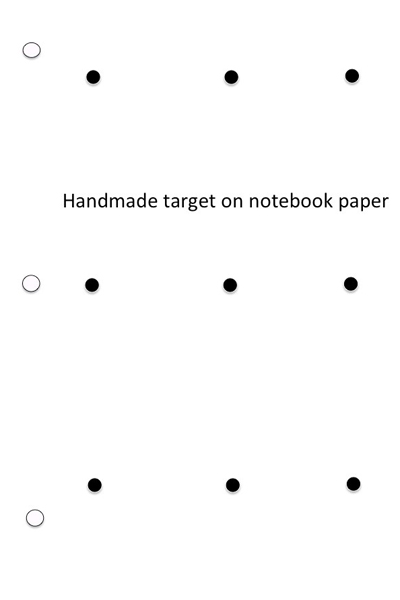
Since you are assessing your own accuracy, first place your target out at a reasonably close range. I use 20 yards, because I can see the aiming points with the naked eye at that distance. I also find that, that way, I can retrieve it and examine it easily during a cease-fire. It's true that most firearm reviewers use a 100-yard distance for measuring group accuracy, but if you're just getting started and/or using a sighting system with which you're not familiar, you may miss the target completely, and not know whether the misses were high, low, left or right. What's more, 20 is also an easy number to multiply (more about that later).
Settle down and shoot three careful shots at the first aiming point. If you have missed the whole target, you'll want a range officer or knowledgeable friend to help you. If not, mark each bullet hole with a pencil. Number the group in the order you shoot it, and then measure the distance between the two shots that are farthest apart. Measure from the near side of one hole to the far side of the other. That distance is your group size, so write it on the paper near the aiming point. 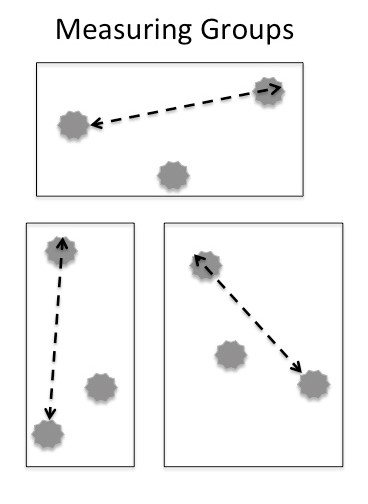
After you’ve fired three or four groups, look for ‘flyers’ and consistency. Flyers are shots that are far from the other two bullets. You get to determine which holes are flyers. My advice is that you consider any hole three times farther apart than the other two to be a flyer.
Flyers can be the fault of the firearm, the ammo, the firearm/ammo combination...or, not to put too fine a point on it, the shooter. At 20 yards, you should assume that every flyer is your error. If you have lots of flyers, again, it may be time to enlist some knowledgeable help because chances are you are doing something wrong.
Consistent groups are all close to the same size, and their patterns are random. With some exceptions too complex to go into in an article of this type, the firearm or the ammo most often don't cause inconsistent groups. Most firearms will outshoot most shooters “out of the box.” That is to say, you will probably never shoot a group as tight as when the gun is put in a vise and fired with a remotely actuated trigger.
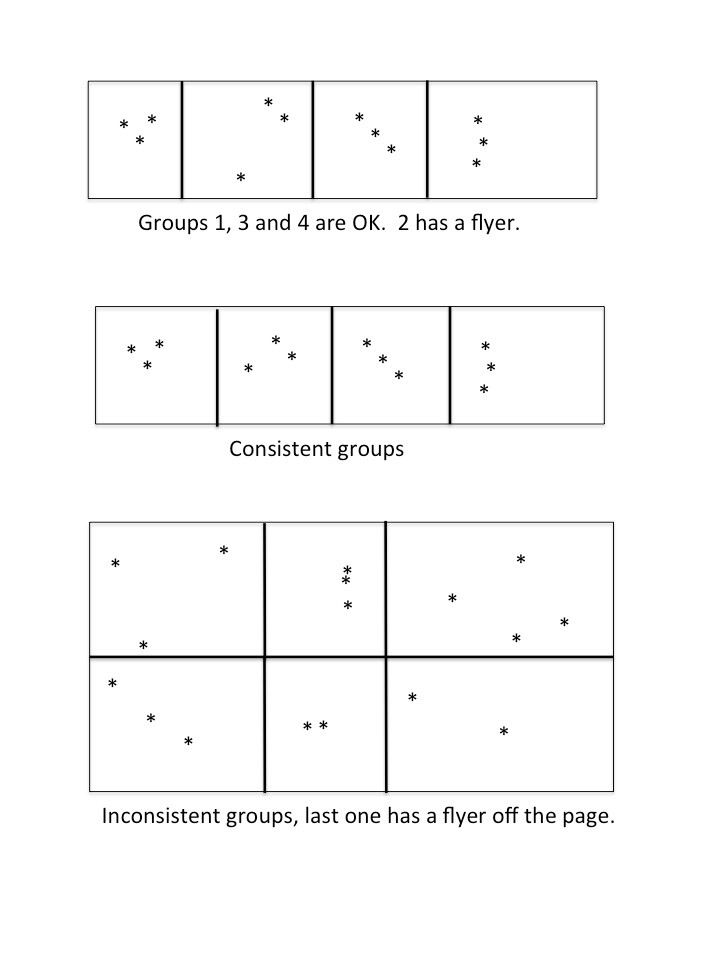
If you can, examine each group before firing the next one, especially if you are sighting-in a firearm. If you can see the bullet holes, especially with the first group you shoot, go ahead and fire a second group before retrieving your target. Note that the first round out of a cold firearm might be a little off, and you can ignore it. Since a warm firearm provides more consistent groups, the first group might not reflect your accuracy. (This fact alone makes hunting less precise than many other forms of shooting.)
On the target, number each group in the order in which you fired them, then write the group size next to each group and label any flyers. As each target is used up, write the date, ammo, rifle and conditions.
When your groups are of a generally consistent size, with very few flyers, you can average the sizes. If you’ve fired lots of groups and have gotten better, you only need to average that last five or six groups. If your groups generally string left-to-right or up-and-down, get a coach to help you fire groups that show no such pattern.
That average group size is your key to hunting and to improving your accuracy. Because those groups are fired under ideal conditions, they are the upward limit of your accuracy. When you hunt, you will fire one shot at a time, the distance will vary, the wind will blow, and you will not be at a bench.
I did mention there would be math involved, didn't I? Rest assured, it's not complex. If your average group size is .75 inch at 20 yards, it will be 1.5 inch at 40 yards, 3 inches at 80 yards, 6 inches at 160 yards, etc. As you practice at the longer ranges, you will see that you will almost never do as well as those figures, unless you know the ballistics of your firearm/bullet combination, and wind is not a significant factor.
The day you bring home a target with all the bullet holes touching each other will be a day you’ll remember. Bragging rights in the lodge or at the range are earned with groups...as is the pride you'll take in your improving skills.













